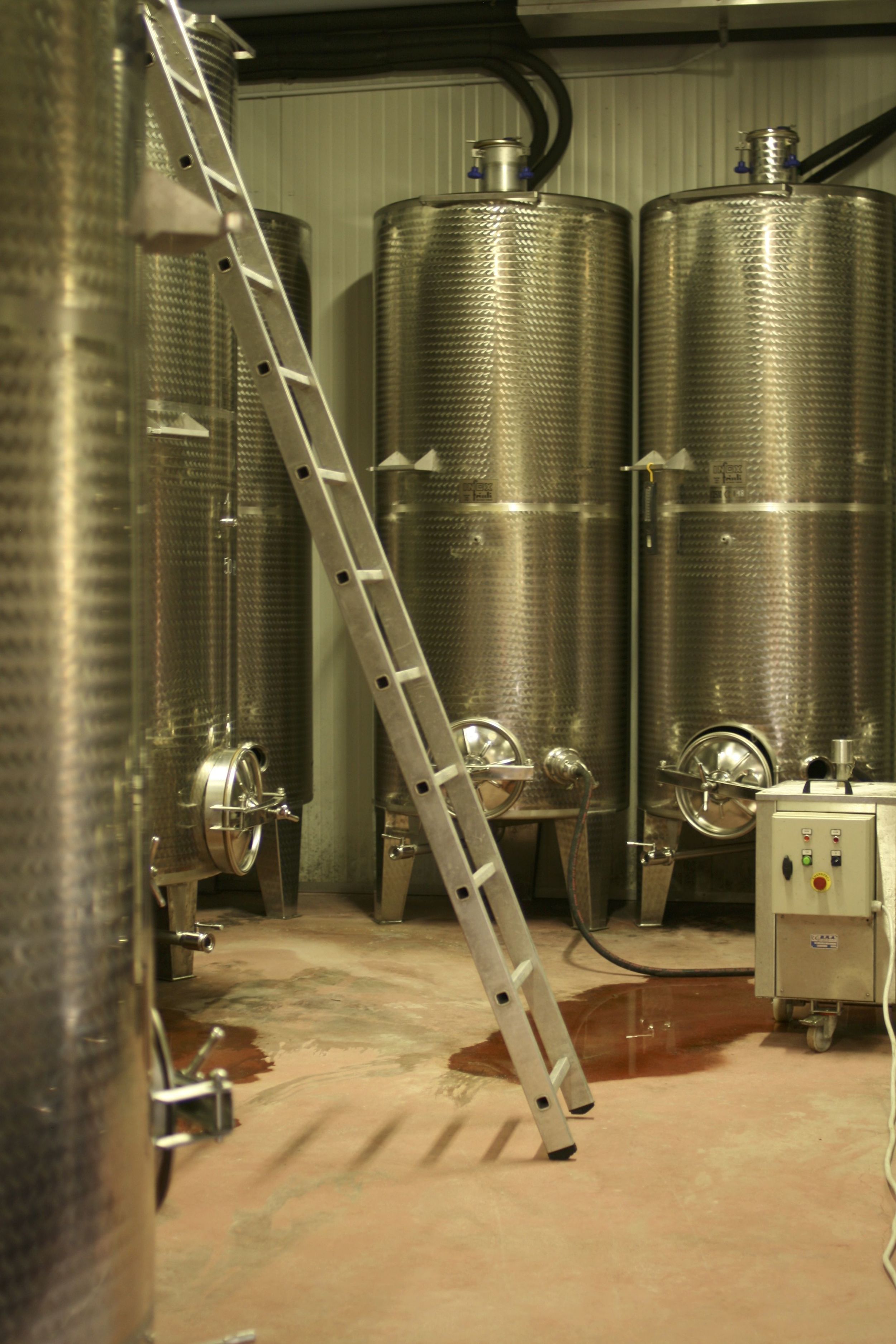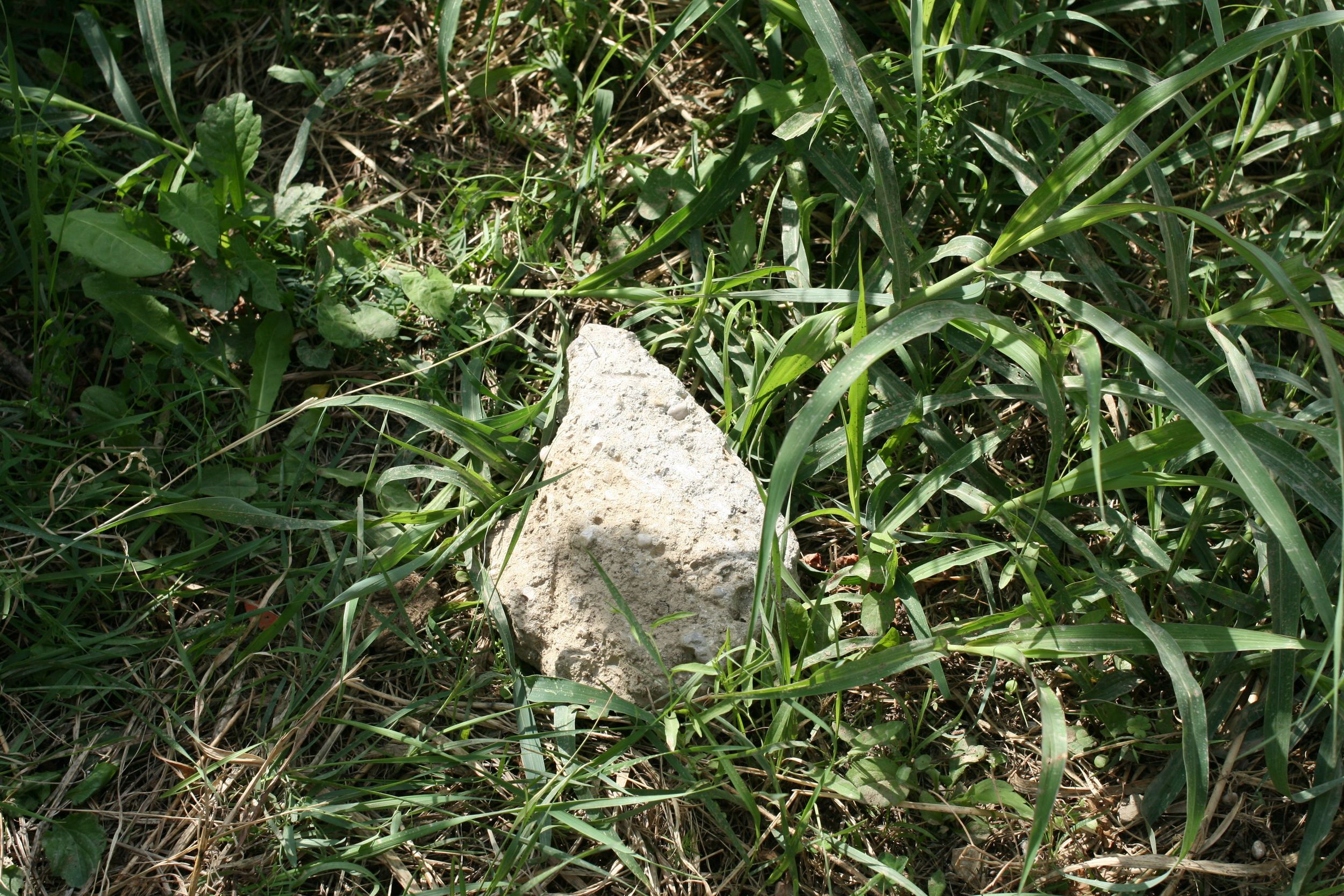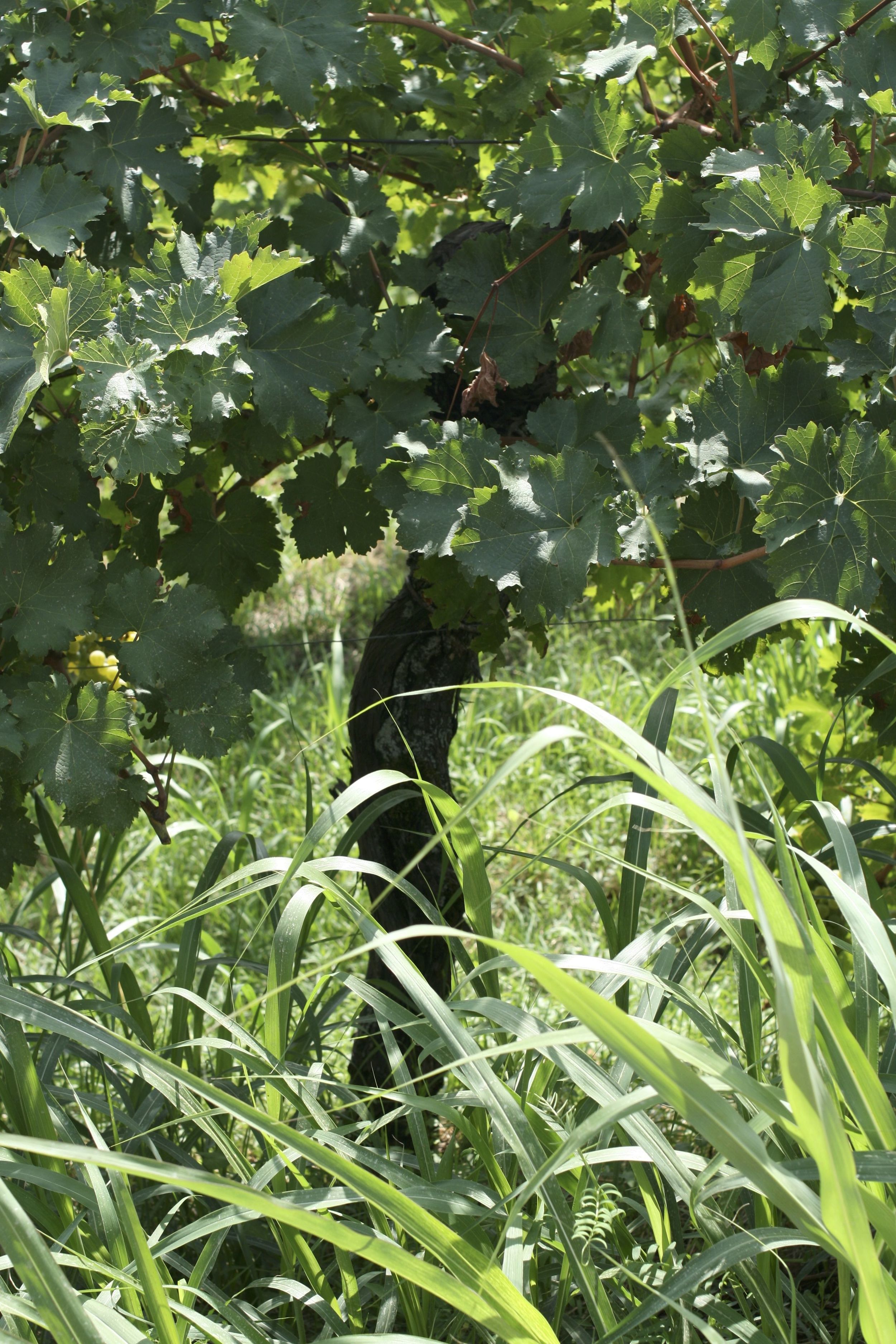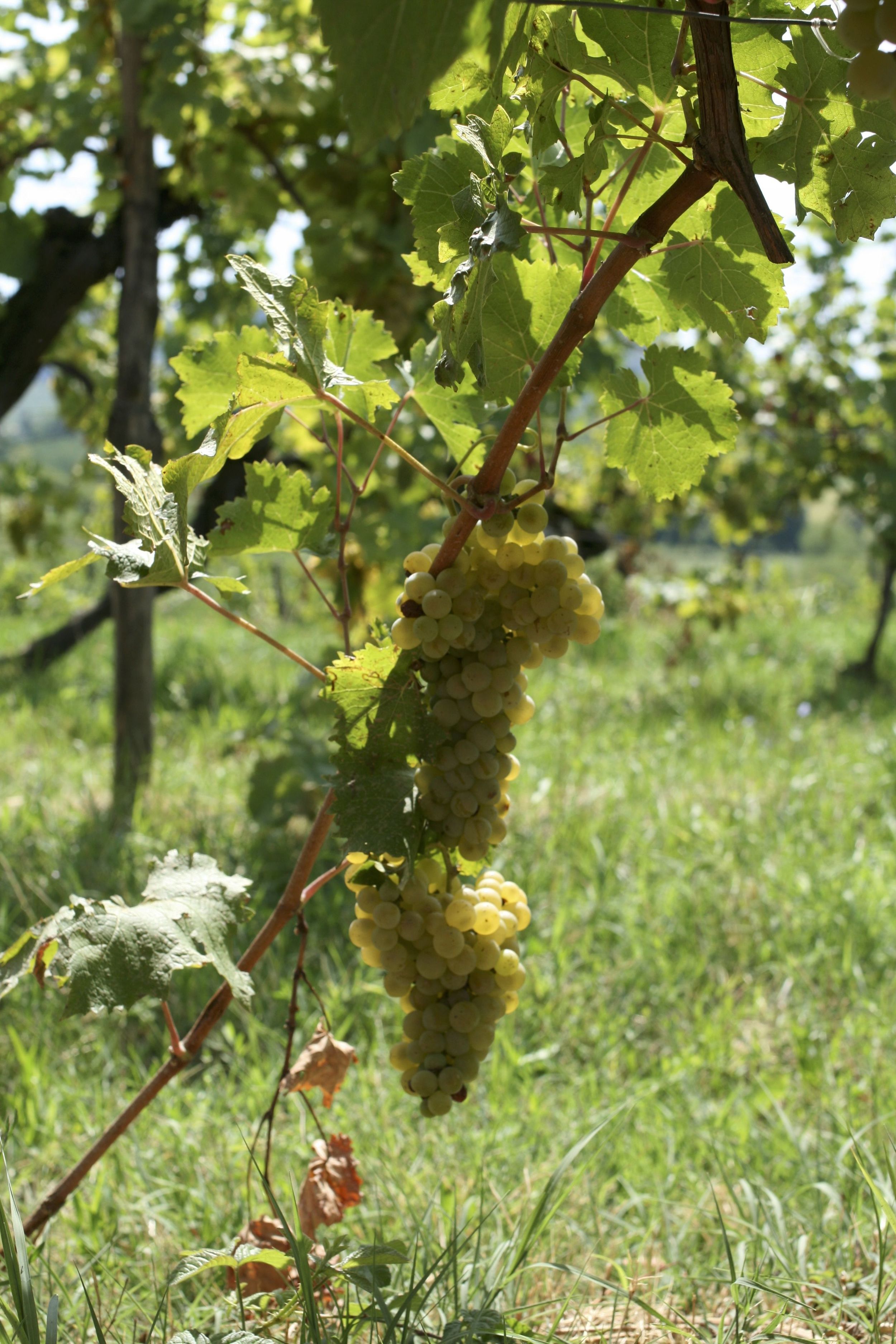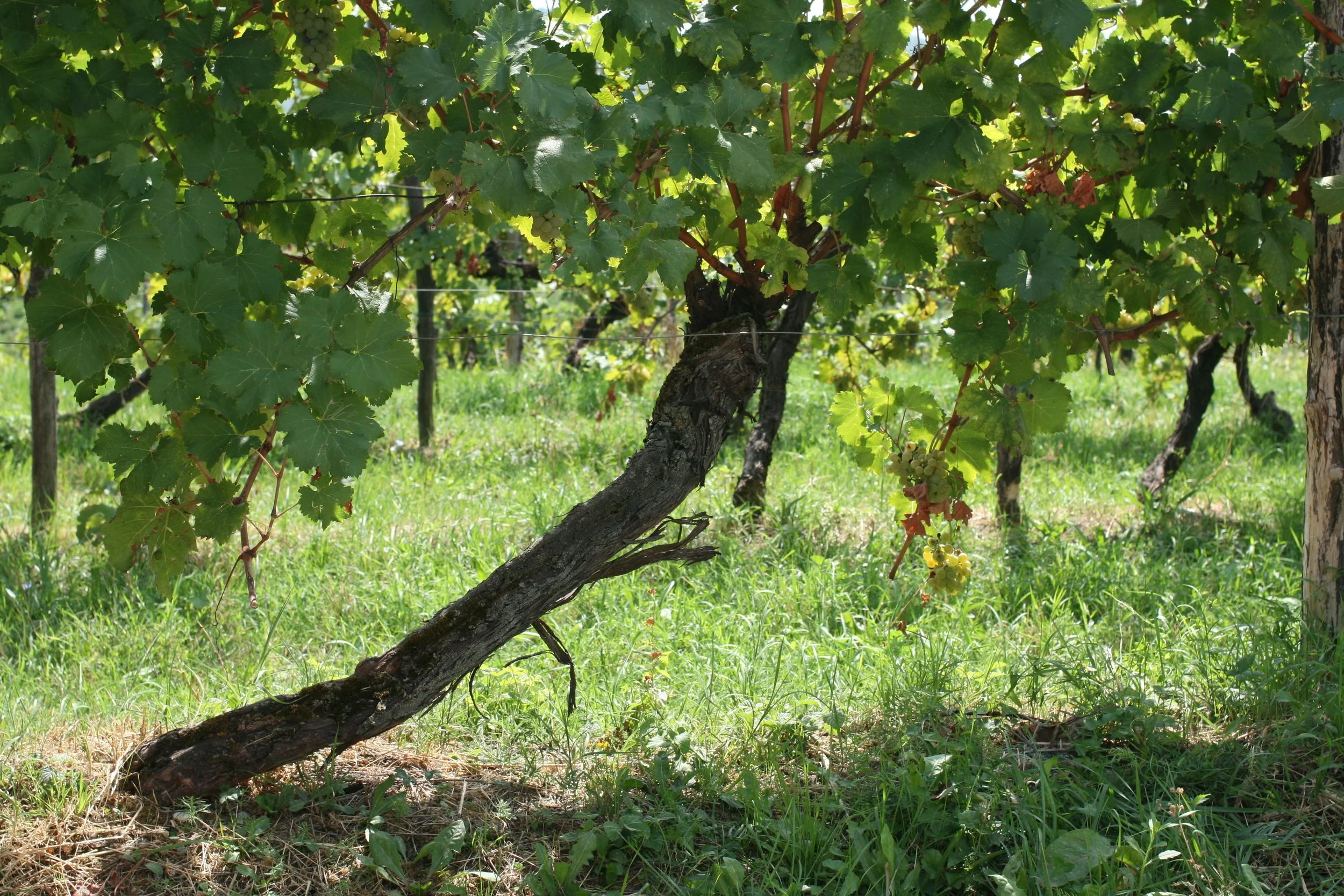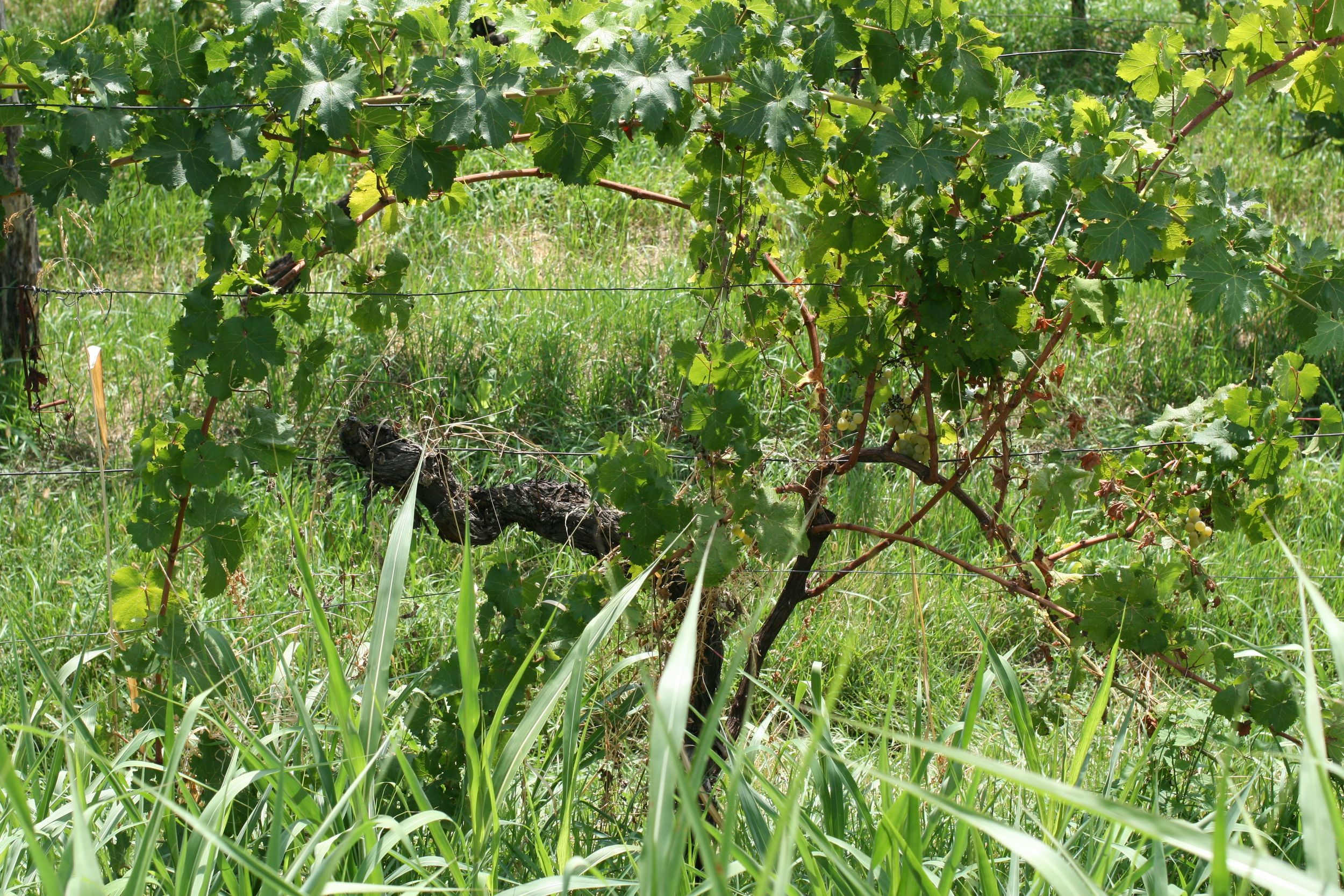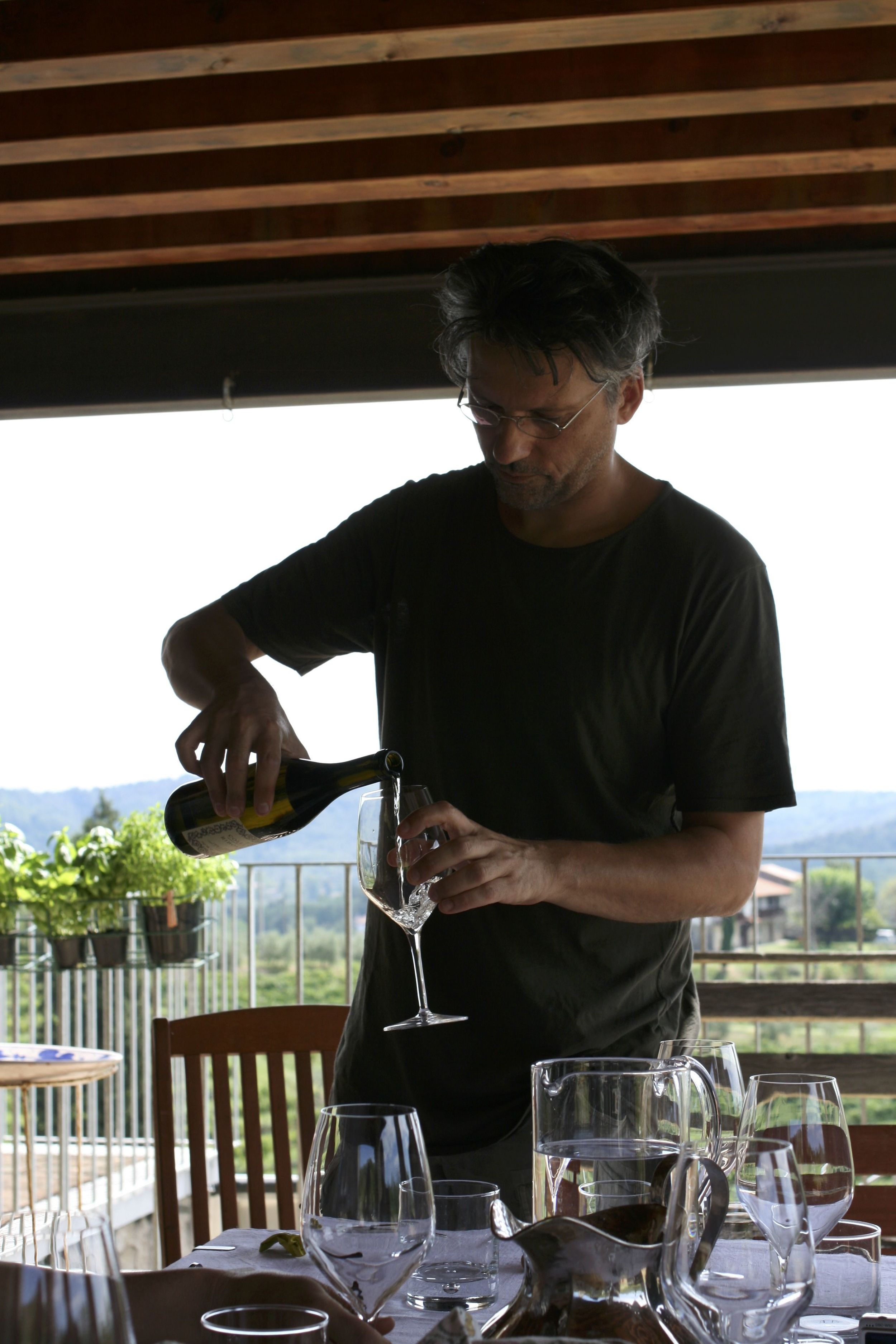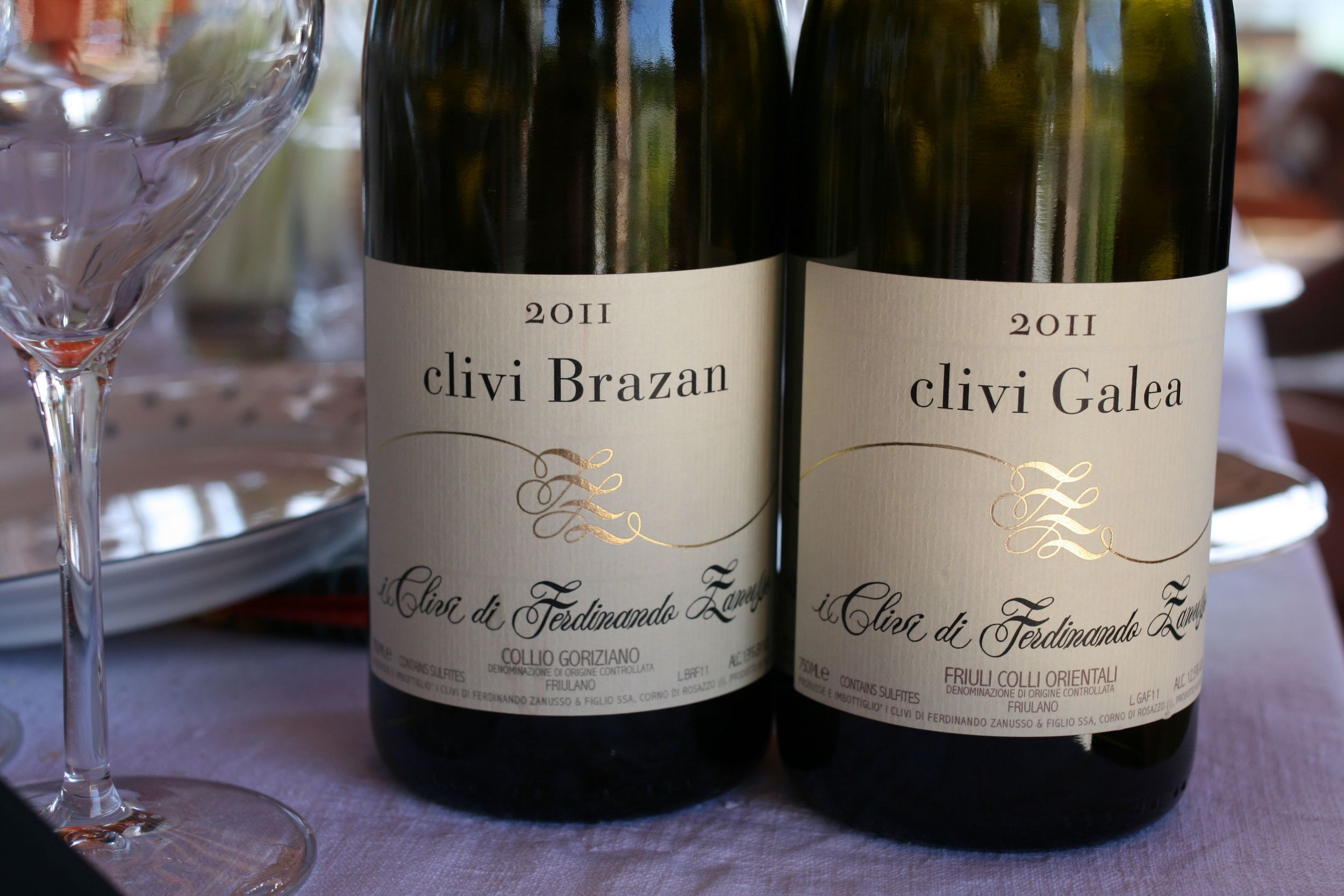I Clivi
_____________________________________________
Small estate with vineyards in the two best zones of Friuli, both very close to the border with Slovenia in far NE Italy
Natural but clean winemaking; indigenous varieties only
Minerally, varietally distinct white wines
_____________________________________________
About I Clivi:
A long time ago the great Burgundy merchant Becky Wasserman told me that the character of a winemaker can be seen in their wines. Mario Zanusso is a ferociously intelligent, thoughtful wine producer with a deceptively calm, low-key demeanor when you first meet him; it is only as you talk to him that his passion for his work, and his deep understanding of it, emerge. I find his wines strike you just as he does; it takes a little time for them to show their stuff, but they are brilliantly made. They are restrained, energetic, and finally expressive and deeply rewarding.
Ferdinando Zanusso, Mario’s late father, who founded I Clivi, said 'My idea was to let history speak through the wine, by making as “transparent” a wine as possible, in which soil, climate and tradition may come fully through and be perceived without interferences. A wine truly grown, whose character is shaped entirely in the vineyard by soil, climate and vines and is in no way altered in the cellar, a wine that stands solely on itself, on its own intrinsic qualities, and is not made to suffer any intervention or “improvement”. In short, purest terroir expression, “without addition or diminishing”. The recipe is organic cultivation in the vineyard, with naturally low yields which seldom reach 20 hectolitres per hectare, and spontaneous, non-interventionist winemaking to ensure absolute integrity.’
Mario has followed his father’s philosophy, though continues to tweak his winemaking practices as he gains experience. The grapes they grow, mostly native to Friuli, include the varieties Ribolla Gialla, Friulano (formerly known as Tocai Friulano), Malvasia Istriana, Verduzzo (made as dry wine, which is unusual), Schioppetino, and a little Cabernet Franc, which has so acclimatized to this corner of Italy that it's practically native. All of the wines are grown organically, and are cleanly but very naturally made, expressive, distinctive and mouthwatering. The winemaking is essentially the same with all of the whites, except the lees-aged wines and the sparkler. They are not macerated with the skins, they are fermented using indigenous yeasts, and they age on the fine lees until bottling, occasionally after a long interval. These days Mario is using cement and large barrels for aging his wines, not stainless steel, which I think is an important improvement.
_____________________________________________
The wines:
'RBL' Ribolla Gialla Spumante
I am fascinated by Italian sparkling wines made of indigenous Italian varieties, and the Zanussis make a really good one. It's not made by either of the normal methods used to make dry sparkling wine, but rather by the method used to make Moscato d'Asti, which involves putting must into the special fermentation tank, and fermenting all the way from grape-juice to sparkling wine in one step. The wine is then aged in the tank on the lees until judged to be done, then decanted off the lees and bottled. (Some top-end Prosecco is made this way, too, such as Sorelle Bronca's 'Particella 68'.)
The benefits from doing it this way, rather than by fermenting once to make white wine, then a second time to make sparkling wine, are preservation of aroma, and reduction in alcohol; when you re-ferment it adds around a degree of alcohol. I love this wine; bone dry, but with a toasty note from the lees contact to balance; minerally, savory, mouthwatering, the perfect aperitif.
Ribolla Gialla
Complex, distinctive grape variety showing notes of herbs, citrus, almond, flowers; the structure of I Clivi's version is very mineral, very fresh, obviously a wine for food but I love it as a dry aperitif too, mouthwatering.
Friulano 'San Pietro'
Although it is now known that Friulano, formerly called Tocai Friulano, is not related to Sauvignon Blanc (it is in fact the same as the minor Bordelais variety Sauvignonasse, according to Jancis Robinson), it does show clear herbal notes. I love Sauvignon Blanc, but this wine shows a more broadly useful balance between herbal flavors and nutty or citrus notes. Bright, fresh, complex, delicious. This was the wine that alerted me to the quality of the estate when it was suggested to me by Taylor Parsons at Osteria Mozza.
Bianco 'Galea'
Friulano (90%) and Verduzzo (10%) from a single hillside vineyard in the Colli Orientali del Friuli. The oldest vines were planted in the 1940’s. The grapes are harvested at the same time, and co-fermented. Mario begins fermentation in stainless steel, and when it gets to a certain level of sugar he moves the wine into 300 liter barrels (50% new and 50% used) and completes the fermentation in barrel. The wine stays in barrel for 12 months, with battonage around once per month (depending on vintage), and is then moved to stainless steel. He keeps the wine on the lees for another six months, for a total of 18 months of lees aging.
Bianco 'Brazan'
Ribolla Gialla (50%), Friulano (40%), and Malvasia (10%) from a single hillside vineyard in Collio. The oldest vines were planted in the 1930’s. The grapes are harvested at the same time, and co-fermented. Mario begins fermentation in stainless steel, and when it gets to a certain level of sugar he moves the wine into 300 liter barrels (50% new and 50% used) and completes the fermentation in barrel. The wine stays in barrel for 12 months, with battonage around once per month (depending on vintage), and is then moved to stainless steel. He keeps the wine on the lees for another six months, for a total of 18 months of lees aging before bottling.

